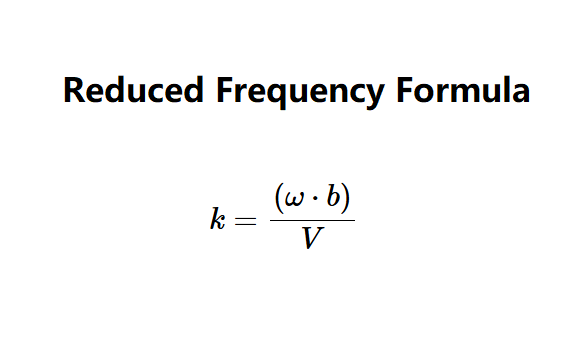 Home
Home
 Back
Back

Definition: Reduced frequency is a dimensionless parameter used in aerodynamics to characterize unsteady flow, calculated using the formula:
Variables:
Details: Reduced frequency is critical in aerodynamics for understanding unsteady flow effects, such as flutter, which can impact aircraft stability and safety.
Tips: Enter the circular frequency, airfoil semi-chord, and flow velocity with their respective units. Click "Calculate" to get the reduced frequency.
Q1: What is circular frequency?
A: Circular frequency (\( \omega \)) is the rate of oscillation, convertible to rad/s from various units like degrees, revolutions, etc.
Q2: What is airfoil semi-chord?
A: The semi-chord (\( b \)) is half the chord length of an airfoil, where the chord is the straight-line distance from the leading edge to the trailing edge.
Q3: Why calculate reduced frequency?
A: It helps analyze unsteady aerodynamic effects, such as flutter, which are critical for aircraft design and safety.
Q4: Can I use different units?
A: Yes, the calculator supports frequency units (rad/s, rad/day, rad/h, rad/min, deg/day, deg/h, deg/min, deg/s, rev/s, rpm, rev/h, rev/day) for circular frequency, length units (in, cm, mm, ft, yd, m) for semi-chord, and velocity units (ft/s, m/s, km/h, mph) for flow velocity.
Q5: How accurate is this calculator?
A: The calculator is accurate based on the formula and input values, though real-world factors like turbulence may affect actual aerodynamic behavior.